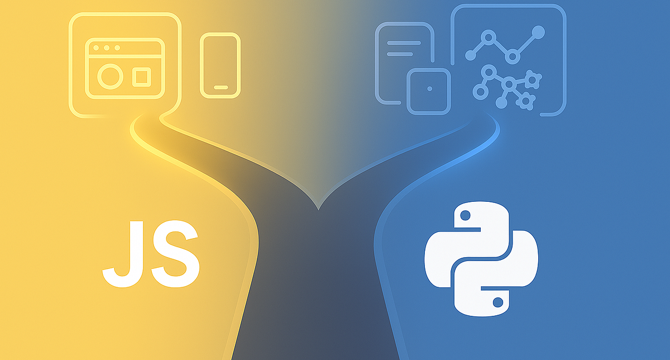Medium
2w
317

Image Credit: Medium
Python vs. JavaScript: Which Path Should You Choose in 2025?
- Python and JavaScript are both powerful and popular programming languages, each with its own strengths and applications.
- Python's emphasis on readability and simplicity makes it a leader in data science, machine learning, and scientific computing.
- JavaScript, born for web interactivity, powers modern web applications from user interfaces to server-side development.
- Choosing between Python and JavaScript depends on aligning language strengths with personal interests and project goals.
- The article delves into core differences, ecosystems, performance, scalability, use cases, and job markets of Python and JavaScript.
- Python's clean syntax and 'batteries-included' philosophy enhance readability and enable rapid prototyping.
- JavaScript's flexibility, event-driven nature and multiple paradigms contribute to its versatility and dominance in web development.
- Both languages offer multi-paradigm support, with Python excelling in data science and AI, while JavaScript shines in frontend and full-stack development.
- JavaScript's ecosystem includes robust frontend frameworks like React, Vue.js, Angular, and backend power with Node.js.
- Python's rich ecosystem includes libraries like NumPy, Pandas, and TensorFlow for data analysis, machine learning, and backend web development.
Read Full Article
19 Likes
For uninterrupted reading, download the app